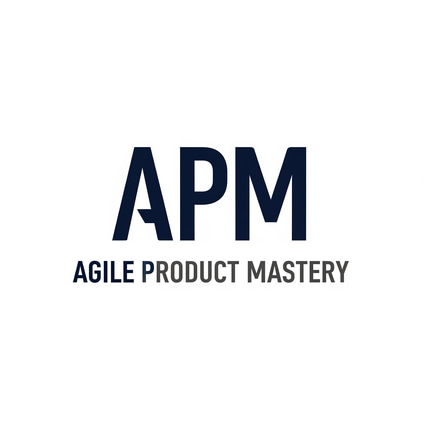The Ultimate Guide to Writing User Stories That Deliver Real Value
Learn how to write user stories that truly deliver value. This guide covers Agile best practices, formats, examples, and common mistakes to help Product Owners improve backlog quality.
AGILE PRODUCT MANAGEMENTPRODUCT OWNER ESSENTIALSBACKLOG & USER STORIES
Written by: Matt Gregory - Founder Agile Product Mastery
5/29/20252 min read


Understanding User Stories
User stories are a key component of the Agile methodology, particularly for product owners striving to create products that meet user needs. A user story is a concise, informal description of a software feature from the perspective of an end-user. The primary goal of user stories is to capture what a user wants to achieve with the product and why it matters. By concentrating on the user's perspective, product owners can ensure that they are developing features that deliver real value.
The "As a…, I want…, So that…" Format
The standard format for writing user stories follows the structure: "As a [type of user], I want [some goal] so that [some reason]." This template helps clarify the user's role and their needs, enabling product owners to focus on creating features that genuinely benefit users. For instance, an example could be: "As a frequent traveler, I want to receive flight notifications so that I can arrive at the airport on time." This format not only articulates the user’s need but also highlights the underlying motivation.
Applying the INVEST Criteria
To write effective user stories, the INVEST criteria is invaluable. INVEST stands for Independent, Negotiable, Valuable, Estimable, Small, and Testable. Each user story should stand alone (Independent), allow room for discussion (Negotiable), provide value to the user (Valuable), be estimable in terms of effort (Estimable), remain concise (Small), and possess clear acceptance criteria (Testable). By adhering to the INVEST principles, Agile product owners can streamline their workflows and minimize errors.
Splitting Epics for Clarity
Large projects often necessitate the division of user stories into smaller, manageable segments known as epics. An epic encompasses a broader user story that can be broken down into multiple, more straightforward stories. This process not only makes it easier to grasp complex requirements but also facilitates more agile responses to changes during development. For example, an epic that involves enhancing a website’s accessibility can be split into smaller stories that address specific accessibility features.
Good vs. Bad Examples of User Stories
When defining user stories, clarity is crucial. A poor example is: "We need a search feature for our app." This statement lacks context and motivation. Conversely, a good example would be: "As a casual user, I want a search feature so that I can easily locate products without browsing through multiple categories." The latter provides a clear user context and a specific motivation, illustrating the real value.
Collaboration with Stakeholders
Effective user stories require collaboration among stakeholders. Engaging users, designers, and developers ensures diverse perspectives on what features are essential. Regular communication can lead to a deeper understanding of user needs and help uncover additional insights that can influence the product's direction. This collaborative effort can significantly enhance user stories, ultimately leading to a more user-centric product.
Common Mistakes to Avoid
When crafting user stories, product owners must avoid common pitfalls. These include writing overly technical stories, neglecting to involve stakeholders, and failing to prioritize stories based on user needs. Additionally, avoiding vague language is pivotal, as clarity in communication fosters better understanding and execution.
Ready to master your Product Owner journey?
Grab your copy of Agile Product Mastery: The Product Owner's Playbook to Strategy, Execution & Influence and take your skills to the next level.
.
© Agile Product Mastery — Build a career that scales. Not one that burns out.
Powered by Baltimore Advisory Pty Ltd — ABN 97 678 312 475 — All rights reserved
Follow us on LinkedIn
